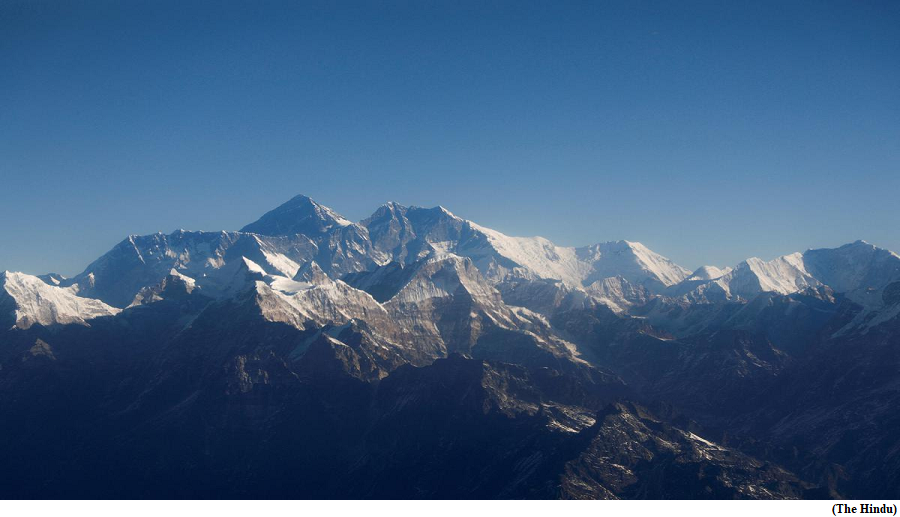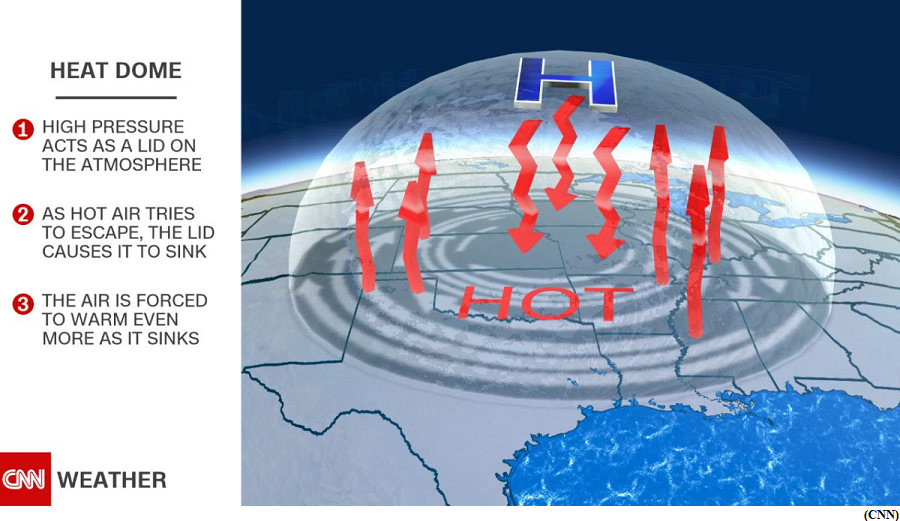Stray dog population control is dogged by bad science (GS Paper 3, Science and Technology)

Context:
- Children, usually from poor families or in rural areas, are being hunted and killed by homeless dogs. State and central governments seem to be helpless to ensure the safety of people on the streets, from what has clearly become a human rights issue and a public health crisis.
- The main culprit behind this is the Animal Birth Control (ABC) Rules that were first introduced in 2001 by the Ministry of Culture, and now replaced by even more absurd ABC Rules, 2023.
- The policy aims to implement a technique called ‘catch-neuter-vaccinate-release’ to control populations of free-ranging dogs and cats.
Challenges:
- However, despite 20 years of this policy and hundreds of crores of rupees being spent, dog population in India is now more than 65 million. It is unimplementable from a scientific, logistic and economic perspective.
- The ABC programme does not seem to have any benchmarks or targets.
- Both field and modelling studies show that nearly 90% of the dog population needs to be sterilised over a short period of time to achieve a sustained population reduction over a 10-15-year period.
- This ‘minor’ detail is conveniently skipped by most proponents of the ABC programme.
Feeding dogs:
- The other major problem is that the ABC Rules, 2023, bizarrely require people to feed dogs, wherever they may be. Most people either throw a few biscuits on the roadside or leave leftover food outside their houses, but some people, with almost religious fervour, go out of their way to feed dozens of dogs.
- Reckless feeding tends to congregate dogs and leads to pack formation, territoriality and aggression even amongst sterilised dogs. This behaviour is usually triggered at night.
- At its very worst, this frenzied hunting behaviour can end up causing severe injury or even death due to mauling, especially of small children and the elderly.
- Another study also found that in urban areas, dogs were the second leading cause of road accidents.
Negative aspects:
- It is cruel to dogs, since homeless life on the streets is not easy, with accidents, disease, wanton cruelty and constant fear being their normal state.
- It is cruel to ordinary citizens, depriving people of their right to life, free movement, and a safe environment.
- In many areas, dogs are also leading causes of harm to wildlife, and cause immense loss of biodiversity.
- The unkindest cut of all is that the ABC Rules ban the euthanasia of rabid animals, making India the only country in the world to follow such a cruel practice.
Recommendations:
- Solving this problem requires a multi-pronged approach, and some difficult decisions.
- Strict pet ownership laws, a ban on irresponsible feeding in public places, and encouraging adoption and long-term sheltering of homeless dogs will result in win-win solutions.
- Unlike the ABC programme, the expenses incurred in setting up shelters will at least result in removing dogs from streets permanently, whereas the ABC Rules require that the dogs be released back into the same area, where they can be a nuisance in perpetuity.
- The same people who feed dogs on the streets can supervise shelters to ensure that they are well maintained and also feed them there.
Microbes at the top of the world
(GS Paper 3, Science and Technology)
Context:
- An article, Genetic analysis of the frozen microbiome at 7,900 metres above sea level on the South Col of Sagarmatha (Mount Everest), examines the human microbiota on the inhospitable slopes of Mount Everest.
- They were able to collect microbial communities in sediment samples left by human climbers on the South Col of Mount Everest, 7,900 metres above sea level (MSL).

Conditions in South Col:
- The South Col is the ridge which separates Mt. Everest from Lhotse, the fourth highest mountain on earth. The two peaks are only three kilometres apart.
- At 7,900 msl, the South Col is rather inhospitable, a heat wave in July 2022 led to a record high temperature of minus 1.4 degree Celsius.
- Barring humans, visible signs of life have been left behind. The last visible residents are seen at 6,700 msl a few species of moss and a jumping spider that feeds on frozen insects carried by the wind.
- At high altitudes, there is low oxygen (7.8% against 20.9% at sea level), strong winds, temperature usually below minus 15 degree Celsius, and high levels of UV radiation. All these make life processes difficult.
- And as there is an interdependence among species of all sizes in all ecosystems, even microbes cannot sustain themselves.
Carriers of microbes:
- Microbes keep arriving, carried by either birds, animals, or winds. Up to about 6,000 msl, dust particles, less than 20 micrometre in diameter, are blown in by the winds.
- Some of this dust originates in the Sahara Desert, which explains why a wide range of microflora are found at these altitudes. Above 7,000 msl, it is mostly winds and humans that act as carriers.
- Using sophisticated methods such as 16S and 18S rRNA sequencing, the microbe hunters were able to identify the bacteria and other microorganisms found on the South Col.
- A cosmopolitan human signature is seen in the microbes collected here. Also found are modestobacter altitudinis and the fungus, naganishia, which are known to be UV-resistant survivors.
Kangchenjunga peak:
- In 1847, Andrew Waugh, British Surveyor General of India, found a peak in the eastern end of the Himalayas which was higher than the Kangchenjunga, considered as the highest peak in the world at that time.
- His predecessor, Sir George Everest, was interested in high-altitude hills and had deputed Waugh to take charge. In true colonial spirit, Waugh called it the Mount Everest.
- The Indian mathematician and surveyor, Radhanath Sikdar, was an able mathematician. He was the first person to show that Mount Everest (then known as peak XV) was the world’s highest peak.
- George Everest had appointed Sikdar to the post of ‘Computer’ in the Survey of India in 1831.
- In 1852, Sikdar, with the help of a special device, recorded the height of ‘Peak 15’ at 8,839 metres. However, it was officially announced in March 1856.
Fact:
- Nepal’s eminent historian, late Baburam Acharya, gave Mt. Everest, the Nepali name, ‘sagarmatha’, in the 1960s.
What is ‘heat dome’?
(GS Paper 1, Geography)
Why in news?
- Recently, places across the southwest and eastern parts of the United States recorded temperatures as warm as those seen in late June or early July, and the unusual warming was caused by a phenomenon known as ‘heat domes’.
- ‘Heat domes’ are natural phenomena that have also been associated with unusually warm periods in India, Bangladesh, China and some other Asian countries.
- This season’s first heat dome set off heatwaves in as many as 48 states in the US and fears of wildfires loom large.

What is a heat dome?
- A heat dome is a type of high-pressure system that forms over a large area in the atmosphere, and causes extremely hot and dry weather conditions. The system traps hot air and prevents it from flowing to rise and cool. This air then becomes compressed and heats up, leading to a dome-shaped area of hot air that can persist for several days or even weeks.
- Heat domes can cause dangerous heat waves causing the temperatures to shoot up.
- In addition to temperatures which are highly unfavourable for humans, they can also lead to drought conditions and wildfire as the hot and dry weather can quickly dry out vegetation and make it more susceptible to catching fire.
- Due to climate change, heat domes have not only become more frequent but also a lot more intense. The rising temperatures and changes in weather patterns are creating conditions that are assisting their formation.
- While many people use ‘heat domes’ and ‘heat waves’ interchangeably, heat domes are just one of the atmospheric conditions that can contribute to the formation of a heat wave.
- A heat wave is a prolonged period of excessively hot weather, often accompanied by high humidity. Heat waves can occur for a variety of reasons, including the presence of a heat dome.
What causes a heat dome?
- A number of meteorological elements work together to create a big high-pressure system in the atmosphere, which is what creates a heat dome.
- Climate change has led to warmer background temperatures, exacerbating the high-pressure system. Regions that have become drier due to the same, can also create conditions that are beneficial to the formation of heat domes. Additionally, as the icebergs melt, the temperature and moisture patterns in the surrounding regions are influenced.
- However, while these factors can create conditions for a heat dome to form, the intensity and duration of a heat dome can also be influenced by other factors, such as the amount of moisture in the air and the presence of other weather systems.
How does a heat dome impact the world?
- Heat domes can have significant impacts on human health, particularly vulnerable populations such as elderly individuals, children and those with pre-existing health conditions that can be aggravated by extreme heat.
- Construction workers, farmers and agricultural workers, who work outdoors for long hours, are at increased risk of heat-related illnesses due to their prolonged exposure to high temperatures.
- People living in poverty are also more susceptible to the fatalities of heat domes as their houses are often built with heat-trapping surfaces such as concrete and asbestos.
- Heat exhaustion occurs upon exposure to high temperature for extended periods of time, and can be characterised by symptoms such as dehydration, dizziness and nausea.
- In more severe cases, heat exhaustion can progress to a heat stroke, a medical emergency that can cause organ damage and even death.
- Hot weather can also put stress on the heart and lungs, particularly for those with pre-existing conditions like asthma or heart disease. Heatwaves have also been associated with increased rates of heart attacks, strokes and respiratory illnesses.
How to combat heat domes?
- Reducing greenhouse emissions: Transitioning to renewable energy sources, improving energy efficiency and promoting sustainable transportation, can be measures in achieving a reduction of greenhouse gas emissions, as it is critical to mitigating the impacts of heat domes in long terms.
- Investing in green infrastructure: Cities can invest in green infrastructure, such as parks, green roofs, and tree planting, which can help reduce the urban heat island effect and provide cooling benefits.
- Implementing building codes and standards: Building codes and standards can help ensure that new buildings are designed to withstand extreme heat and maintain indoor comfort during heat waves.
- Reducing heat-trapping surfaces: Cities can take steps to reduce the amount of heat-trapping surfaces, such as asphalt and concrete, which can exacerbate the urban heat island effect.
- Enhancing public education and outreach: Educating the public about the risks of extreme heat and how to stay safe during heat waves can help reduce the incidence of heat-related illness and mortality.




